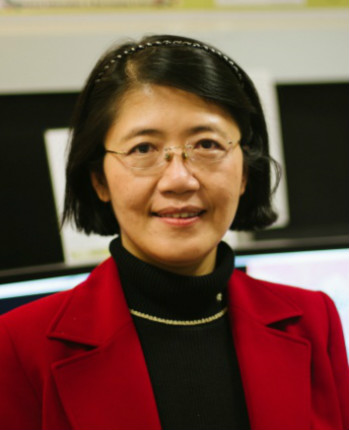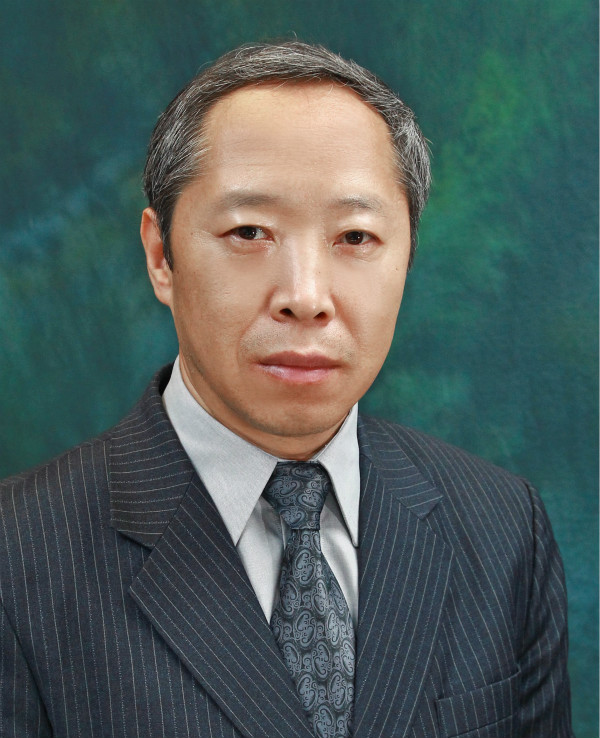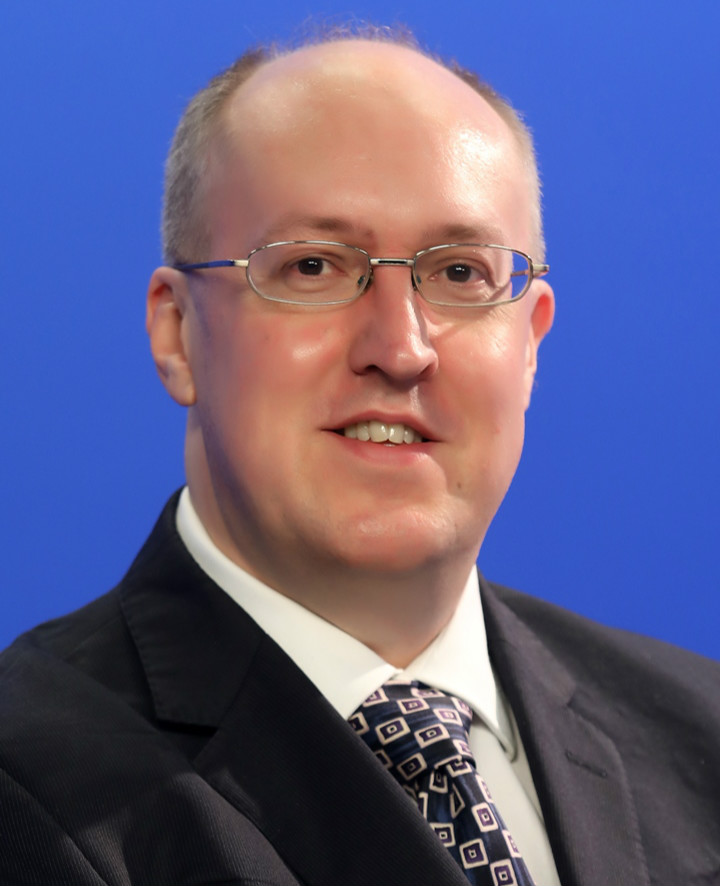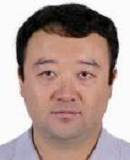Keynote

Professor
Chengyu Liu
School of Instrument Science and Engineering, Southeast University, Nanjing, China
Speech Title: Problems and Solutions for Wearable ECG Intelligent Monitoring
Abstract:
Real-time, long-term electrocardiogram (ECG) monitoring is important for early detecting the cardiovascular diseases and other health risks. Recent advances in wearables and Internet of Things (IoT) devices has led to an explosion of routinely collected individual ECG data. The use of big data and computational intelligence methods to turn these ever-growing ECG monitoring data into clinical benefits seems as if it should be an obvious path to take. However, this field is still in its infancy, and lots of essential concepts and method solutions should be reviewed and clarified in depth.
First, I will discuss several important issues about wearable ECG study, including dynamic and multi-scale signal processing, IoT device, data labelling and clinical application. Then, I will summarize the technology challenges exist in each aspect. Particularly, high-quality clinical data are needed, and they play an essential role in training reliable and generalizable models. However, intra- and inter-observer disagreements are significant and large, especially in the complex tasks. I will discuss solutions to this issue including open-access data labelling and challenge, ensemble approach that combines multiple algorithms (and humans) of varying performance levels to boost labels and classifier performances. Finally, the efficient clinical application is also important, which refers to the specially designed clinical study with the close cooperation with doctors. Herein, how to efficiently utilize the wearable ECGs is an essential issue. I will give examples and solutions....View More

Professor
May Dongmei Wang
Departments of Biomedical Engineering, Electrical and Computer Engineering,Computational Science and Engineering, IBB, IPaT, Winship Cancer Institute, Georgia Institute of Technology and Emory University, USA
Speech Title: Translating AI for Biomedicine and Healthcare: Challenges and Opportunities
Abstract:
Rapid advancements in biotechnologies such as wearable sensors, –omic (genomics, proteomics, metabolomics, lipidomics etc.), next generation sequencing, bio-nanotechnologies, and molecular imaging etc. accelerate the data explosion in biomedicine and health wellness. Multiple nations around the world have been seeking novel effective ways to make sense of “big data” for evidence-based, outcome-driven, and affordable 5P (Patient-centric, Predictive, Preventive, Personalized, and Precise) health care. The goal is develop multi-modal and multi-scale (i.e. molecular, cellular, whole body, individual, and population) biomedical data analytics research for discovery, development, and delivery in biomedical research. Ultimately, the goal is to promote healthy aging, improve quality of patient care, and reduce healthcare cost.
First, I will explain how advanced AI (e.g. Deep Learning) can be used for translational medicine such as: wearable sensor informatics for improving patient-centric health monitoring in preventive medicine; next generation sequencing for improving predictive medicine, histopathological imaging informatics for improving precision in clinical decision, and Electronic Health Record data quality control and mining for personalized care quality.
Second, I will discuss fasting growing research directions such as emerging HL7 Fast Health Informatics Resource (FHIR) for harmonizing data for integrated genomics, imaging, physiological, and clinical EMR for improving 5P health.
Third, I will highlight the current challenges, progresses in developing AI for these critical areas. I will summarize the major opportunities in AI to improve translating AI solutions in medicine and health.
Last, there is shortage of biomedical data scientists and engineers who are capable of handling Biomedical Big Data to meet the need of healthcare stakeholders (i.e. patients, physicians, payers, and hospitals). Thus, I will share resources available in patient-centric educational intervention, community-based crowd sourcing, and Biomedical Data Analytics MOOC development for training more biomedical big data scientists and engineers to meet the societal need in AI for Healthcare and Medicine....View More

Professor
Jiyan Dai
Department of Applied Physics, The Hong Kong Polytechnic Unviersity, China
Speech Title: PMN-PT single crystal-based medical ultrasound transducers
Abstract:
For ultrasound transducer applications, nowadays, Pb(Zrx,Ti1-x)O3 (PZT) ceramics has dominated the market for more than half century due to its very good piezoelectric properties. However, some emerging new piezoelectric materials are exhibiting potential to replace PZT in either high-end transducers or lead-free devices. One of the emerging new piezoelectric materials is relaxor Pb(Mg1/3Nb2/3)O3-PbTiO3 (PMN-PT) based single crystals possessing much better performance than PZT, making it being used in some high-performance medical ultrasound imaging transducers. In this talk, recent development of PMN-PT single crystal-based medical ultrasound transducers in our group will be reviewed. Medical ultrasound transducers from a few MHz up to 100 MHz and from intravascular ultrasound transducer to high-frequency phase-array transducer for eye imaging have been fabricated in our group. Benefited from PMN-PT's extremely large piezoelectric coefficient and electromechanical coupling factor (fabricated by Shanghai Institute of Ceramics), the bandwidth and sensitivity of the PMN-PT single crystal-based transducers have gained significant improvement.

Professor
Andrew E Teschendorff
Principal Investigator, Computational Systems Genomics Lab, CAS-MPG Partner Institute of Computational Biology,Shanghai Institute of Biological Sciences
Chinese Academy of Sciences

Associate Professor
Yuxiang Xing
Department of Engineering Physics, Tsinghua University, China

Associate Professor
Limin Han
Peking University Research Center on Aging
Dep. Biochemistry and Molecular Biology
Health Science Center
Peking University, China

Professor
Hui Sun
Chinese Academy of Sciences,China
Speech Title: Femtosecond-Laser-Assisted LASIK Eye Surgery
Abstract:
Laser in situ keratomileusis (LASIK) surgery combines high-ablation precision and minimized collateral tissue effects to nonthermally dissociate dense corneal tissue. The procedure has benefited millions of patients and sparked increased interest in the principles and research behind it. This oral presentation discusses femtosecond-laser-assisted LASIK surgery and its three primary components: wavefront detection, femtosecond-laser flap creation, and excimer-laser cornea correction.